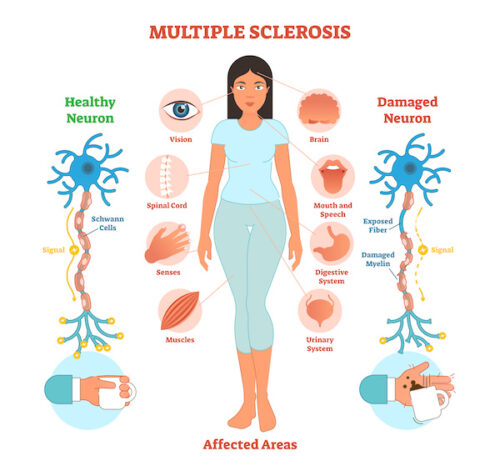More Children with Diabetes
Increased incidence of non-insulin dependent diabetes mellitus among adolescents by Orit Pinhas-Hamiel in the June 1996 issue Journal of Pediatrics found the number of patients with a diagnosis of adult-onset diabetes rose from approximately 4% of new diagnoses of diabetes from birth to age 19 before 1992 to 16% in 1994 (128:608). Among patients age 10 to 19 this form of diabetes accounted for 33% of the diagnoses in 1994. The incidence increased ten-fold between 1982 and 1994. Girls were almost twice as common as boys.
This authors of this study concluded, “There is an increasing incidence of NIDDM (non-insulin dependent diabetes mellitus) among adolescents in Greater Cincinnati, accompanying the national rise in adolescent obesity.”
Comments
There are two general types of diabetes:
The most common form in children, caused by an autoimmune reaction to cow’s milk protein, is insulin dependent diabetes mellitus (IDDM); also called type I or childhood diabetes. In this case the insulin producing cells of the pancreas are destroyed.
The most common form in adults is non-insulin dependent diabetes mellitus (NIDDM); also called type II and adulthood diabetes. This type of diabetes is cause by too much rich food, especially those high in fat and low in carbohydrates. The fat in the blood paralyzes insulin activity and the resulting obesity contributes to the resistance of the activity of insulin. The risk of diabetes doubles for every 20% excess of body weight.
This study found the presence of diabetes due to obesity has risen dramatically. One-third of all new cases are due to enthusiastic consumption of rich foods and lack of exercise. There was a family history of a first-degree relative with NIDDM in 65% of cases and a first- or second-degree relative in 85% of cases. This means diabetes runs in the family, but only when people eat a fattening diet and live a fattening lifestyle. There may be a genetic predisposition, but more likely, and more importantly, is people learn their habits from family members.
Moreover, there is a strong racial difference in susceptibility, with Hispanics and blacks having much higher incidences than Asians and whites. Genetics or habits? I believe it’s mostly due to the recent availability of meats, dairy products, and fatty processed foods provided in abundance by incomes from better jobs and generous food stamp programs.
Fortunately, all this is easily turned around, especially when changes are made in young people, before much damage is done. A low fat, high carbohydrate, diet with exercise and accompanying weight loss will cure the diabetes in almost every one of these kids. If they don’t change, then they’re looking forward to a short life, filled with heart attacks, blindness, kidney failure, and bottles full of medications.
Recommended Articles

Common Health Problems: Fatigue

Common Health Problems: Multiple Sclerosis (MS) & Diet







